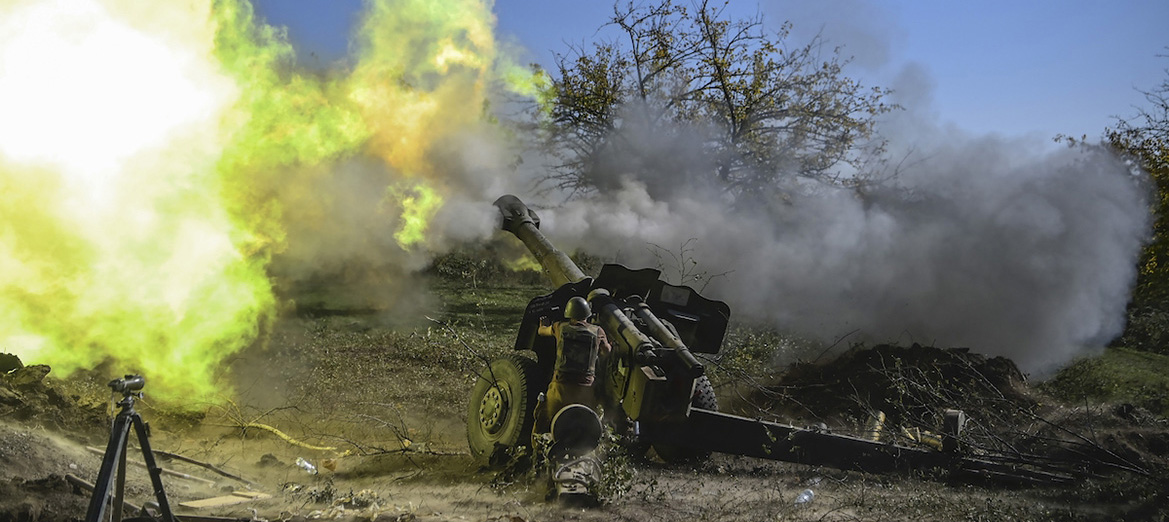Karabakh ceasefire ends the misery of Azerbaijani Refugees

Armenian soldier fires artillery on the frontline fighting between Armenian and Azerbaijani forces over the Nagorno-Karabakh region.
Photographer: Aris Messinis (AFP, Getty Images, 2020).
Karabakh ceasefire ends the misery of Azerbaijani refugees
On November 9, 2020, Armenia signed a ceasefire agreement to stop the fight with Azerbaijan in the disputed area of Karabakh. The conflict began, approximately, three decades ago, when Armenia swept over the Azerbaijani territory to occupy the highly inhabitated area with Armenians. That sweep resulted in approximately 360,000 refugees. Some fled to neighboring countries, while most remained in Armenian-held lands (Parliamentary Assembly, 1995).
Since then, Karabakh has remained under Armenia’s sovereignty until war broke out again in late September, 2020. Azerbaijan, which is supported militarily by Turkey, managed to regain control over wide parts of Karabakh, which prompted Armenia to negotiate over a cease-fire. The Armenian prime minister affirmed that his country would have lost all lands of Karabakh if the war persisted. He added that stopping the war was the best choice Armenia possessed at the very moment, as Armenia would have lost more lives if the war failed to come to an end (Dixon, 2020).
Since the eruption of the conflict in late September, thousands have been killed and more than 100,000 civilians have been displaced (Losh & Rosh, 2020).
Having an agreement to stop the war was an acceptable solution to all parties, as Baku will regain control over its lands without war. Besides that, Armenia will preserve its citizen’s lives. The agreement also allowed Armenia to keep control over Stepanakert without any legal status. Letting Armenia keep that stronghold was a method to convince it to sign the cease-fire agreement, as the Armenian government would not have accepted to stop fighting without any gains (Ward, 2020).
According to the Moscow-brokered agreement, Russia is committed to deploy about 2000 soldiers as peace forces to prevent clashes from recurring. Most importantly, Russia’s president, Vladimir Putin, asked Turkey not to have a share in the deployed peace forces to avoid provoking Armenia. However, both countries agreed on establishing a fire monitoring center in Azerbaijan (Dixon, 2020).
While Azerbaijan will regain control over Adgam, which is a symbolic city to Muslims in that area, Armenia will give up Lanchin area, which contains the main road connecting it to Karabakh. However, Lanchin corridor will be kept open under the supervision of the Russian forces (OC Media, 2020).
Another gain for Azerbaijan is getting the Armenian approval to establish transport links through the Armenian lands to connect Baku to the lands of Nakhachivan, which is bordered by Armenia, Turkey, and Iran.
Once the agreement entered into force, both countries began exchanging war-casualty bodies, and refugees started to go home (Al Jazeera, 2020). For now, it is not clear whether Armenia will keep the agreement or not, but Russia warned Armenia that reversing the agreement would be a suicide (Fernandes, 2020).

Article by
Ahmed Sami Abdelfattah Abouyoussef

Categories
Armenia, Asia, Azerbaijan, Conflict Resolution, Countries, Human rights, News, Refugees


